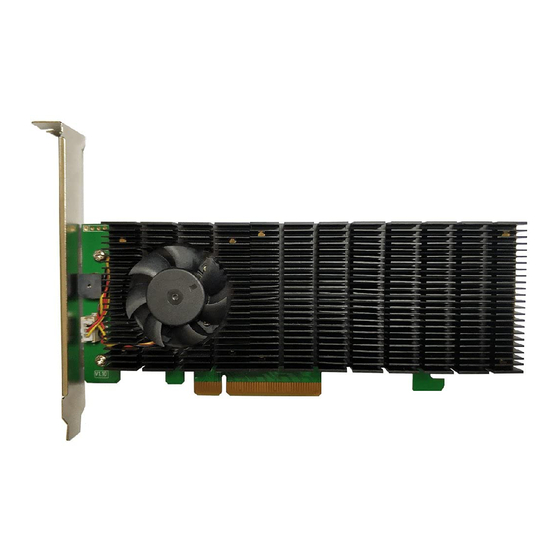
HighPoint SSD7000 Series Installation Manual
Nvme raid controller mac installation
Hide thumbs
Also See for SSD7000 Series:
- Manual (32 pages) ,
- Installation manual (16 pages) ,
- Installation manual (14 pages)
Table of Contents
Advertisement
Advertisement
Table of Contents
















Need help?
Do you have a question about the SSD7000 Series and is the answer not in the manual?
Questions and answers